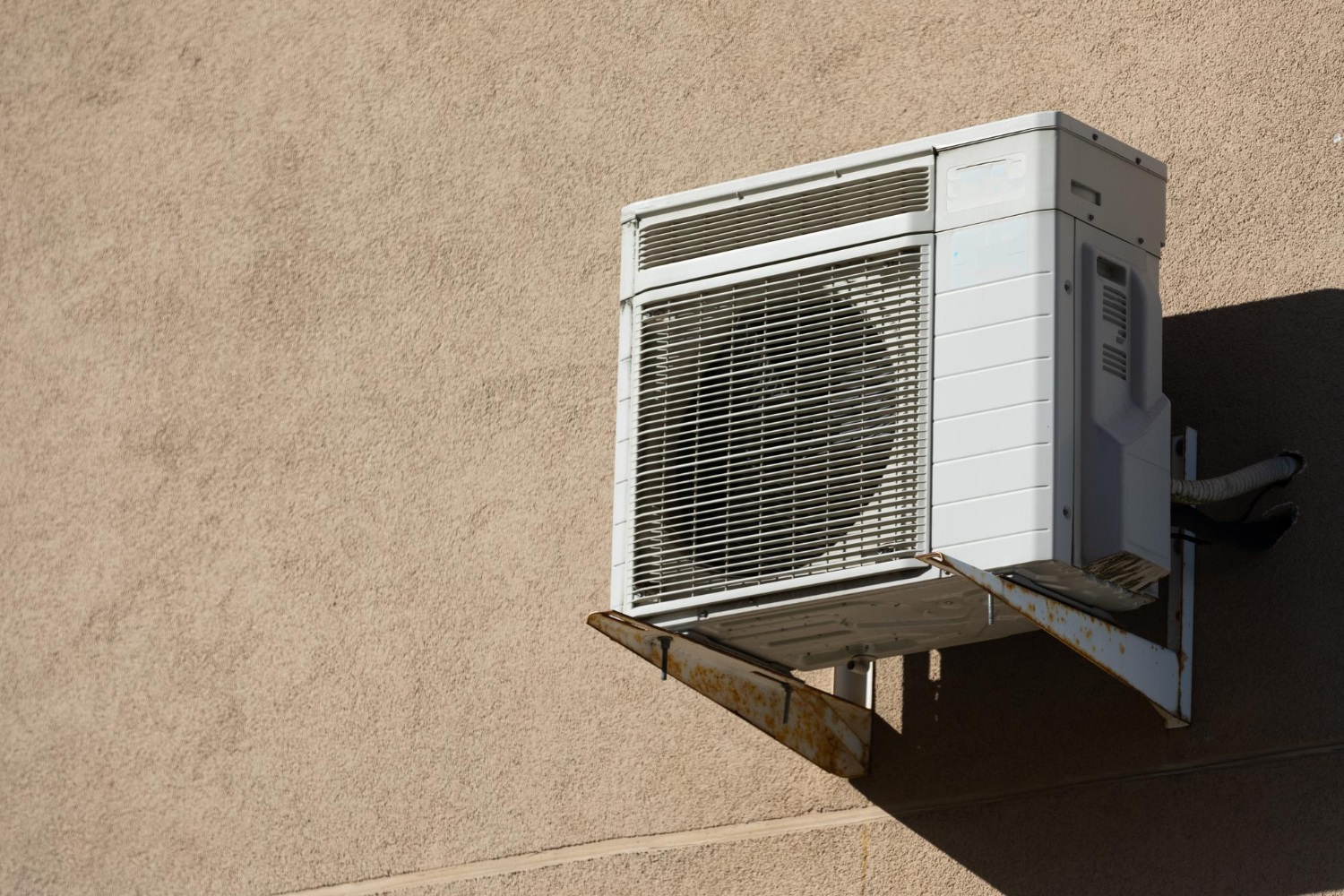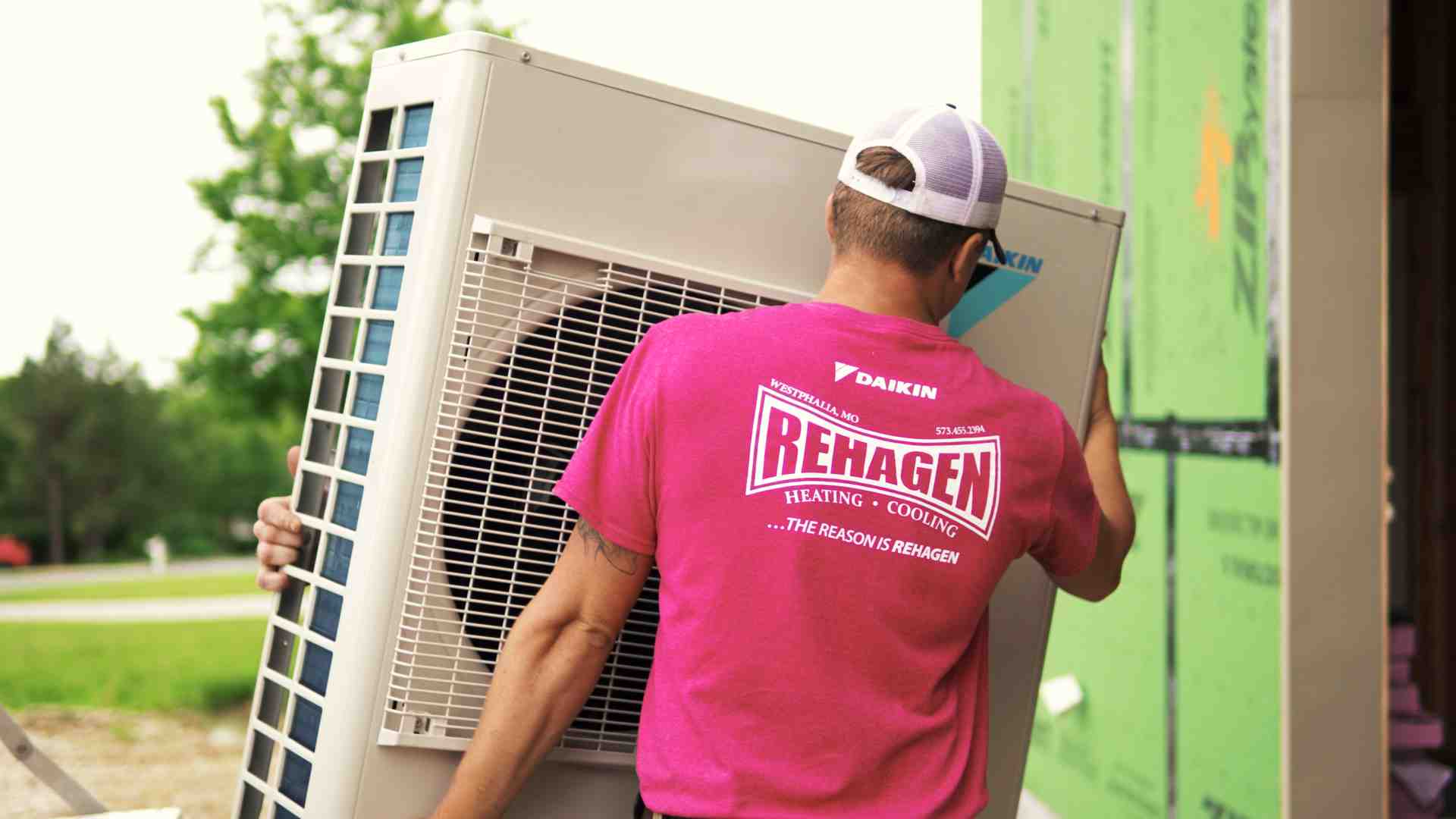Fixing Humidity Control Issues with Your California Split AC Unit
Discover solutions for humidity problems with your split AC unit in Linn. Learn how to maintain comfort and air quality in your California home.



Maintaining the right humidity level inside your home is just as important as the temperature. When humidity levels rise or drop beyond the ideal range, it can lead to discomfort, damage to furniture, and problems with your indoor air quality. For homeowners in California using a split AC unit, managing humidity should be part of regular comfort control. If your indoor environment often feels too clammy or too dry, your system might not be handling moisture the way it should.
Humidity control problems may seem like a minor inconvenience at first, but over time, they can affect the performance of your system and even your health. Excessive moisture may encourage mold growth and poor air quality, while overly dry air can irritate your skin and respiratory system. That is why understanding how your split AC unit handles humidity and what to do when it does not is key to keeping your home consistently comfortable.
Understanding Humidity Control Issues
Humidity plays a big role in how cool or warm a home feels. Even if your AC is working and the temperature seems right, too much or too little moisture in the air can make your space feel uncomfortable. Ideally, your split AC unit should not just cool your home, it should also help bring humidity down to a moderate level that feels refreshing and supports overall comfort.
Split AC units regulate humidity as part of the cooling process. When the unit circulates warm air from inside the home, it passes over cold evaporator coils. During this process, moisture in the air naturally condenses on the coils and drains away through the condensate line. This helps remove excess humidity and create a drier, more comfortable indoor environment. However, if the system is not working properly, this process becomes less effective.
There are several factors that can interfere with humidity control:
- A system that is too large for the size of the home may cool too quickly and not run long enough to remove moisture
- Dirt and blockages in the filters or coils may trap moisture and reduce the system’s efficiency
- Improperly set thermostats may prevent the unit from operating in a way that keeps humidity in check
- Inadequate insulation or air leaks can let in humid outside air, making it harder for the system to maintain the right balance
- Malfunctioning or clogged drainage lines can cause moisture to build up or be re-released into the home
Understanding how these components affect humidity control will help you recognize when adjustments or repairs are needed. If your split AC unit in California is not managing humidity well, addressing these problem areas is the first step toward a more comfortable indoor environment.
Common Humidity Problems in California Homes
Homes in California often face humidity issues during warm months, especially when daily cooling cycles are high. As the AC runs day after day, homeowners may start noticing signs that the moisture levels inside are not balanced. In many cases, the system continues to cool, but the air still feels damp, musty, or stale.
Here are some common symptoms of humidity problems indoors:
- The air feels damp even when the temperature is cool
- Windows show signs of condensation or water streaks
- Rooms smell musty or feel sticky
- Mold or mildew appears, especially around vents or windowsills
- Wood furniture swells or paint peels from walls
- Allergy symptoms worsen due to excess moisture in the air
These signs often point to a problem with how your AC unit is handling moisture in the air. In California, summer afternoons tend to bring elevated humidity, especially when the cooling load is heavy. If the split AC unit does not run long enough or if components are clogged or damaged, it may fail to remove this buildup. Over time, this can create a less comfortable, less healthy living space.
Many older homes in the area also have gaps in insulation or minor air leaks around windows or doors. Even these small leaks can allow outside humidity inside, putting more strain on your unit. When this happens, the AC can run almost constantly without fixing the real issue, too much moisture hanging in the air.
By keeping a close eye on early signs and understanding how climate and structure influence moisture indoors, you can stay ahead of major humidity problems and maintain better overall cooling performance. Recognizing the symptoms is an important step in protecting your comfort and indoor air quality.
Diagnosing Issues with Your Split AC Unit
If your home still feels damp even with the AC running, or you are seeing signs like window condensation or mold around vents, your split AC unit could be the source of the problem. Diagnosing why it is not regulating humidity properly requires a close look at several parts of the system. Some issues are subtle and can develop slowly, so even if the unit is turning on and pushing out cold air, something might still be off.
Start by checking the air filters. A dirty or clogged filter does not just affect air quality, it restricts airflow. When less air moves across the coils, your system will not remove as much moisture. Filters should be checked often during the summer cooling months and replaced if dust and debris have built up.
Other key areas to inspect include:
1. Evaporator coils – These need to be clean to properly pull moisture from the air. If dirt or grime builds up, the coils can freeze, limiting their ability to reduce humidity
2. Drain pan and condensate line – Moisture removed from the air should drain properly. If the line gets blocked or the pan overflows, water can collect in the system or back into the home
3. Thermostat settings – An incorrect setting might stop the unit before it has had a chance to pull enough humidity out of the air. Avoid setting the temperature too low just to fix the problem, it could signal a larger issue
4. Run times – Short cycling, where the unit turns on and off quickly, prevents proper dehumidification. Oversized systems commonly experience this issue
5. Room and unit size mismatch – If your unit's capacity does not match the cooling load of your space, it could cool the air too fast without enough time to take out the moisture
If you have reviewed these areas and the problem continues, professional diagnostics are usually needed. Our technicians are trained to detect issues that are not obvious to homeowners and can safely access internal components to determine the cause.
Effective Solutions for Humidity Control
There are basic adjustments you can make when your split AC unit in California struggles with indoor humidity, but most long-term fixes will depend on a professional assessment. Systems must be fine-tuned to meet both cooling and moisture-control needs, and that starts with identifying how well the whole setup is functioning.
Here is what can help:
- Schedule regular cleanings and maintenance. Filters, coils, and drain lines need attention to keep the unit operating the way it should
- Recalibrate the thermostat if needed. Some thermostats lack features to control humidity directly. A technician can advise on upgrades or proper settings
- Address airflow issues. Unbalanced airflow or blocked vents reduce the unit’s ability to manage temperature and moisture evenly across the home
- Add insulation or seal leaks. Small gaps around window frames or attic spaces can allow humid air inside, forcing your AC to work harder
- Consider a system inspection. A full system check can uncover if the unit is the right size or if something is reducing its effectiveness
While some issues are mechanical, others might result from changes in how you use your space. For example, if you are running heat-generating appliances in closed rooms or using humidifiers, these habits raise moisture levels indoors, placing added strain on your AC’s built-in moisture control.
Our professionals are equipped to look deeper into the system and determine whether it is a quick fix or something more involved. Ignoring the signs adds wear and tear to your unit and makes it harder to control comfort through the summer months.
Maintaining Optimal Humidity Levels
Once your split AC unit is working as it should, the next step is keeping it that way. Routine care and early troubleshooting help prevent humidity problems from becoming seasonal headaches. Homeowners in California who stay on top of maintenance usually enjoy more consistent air quality and fewer AC-related issues during the hottest part of the year.
Here are some straightforward ways to keep things running smoothly:
- Have your AC system serviced twice a year
- Replace the air filter at least every one to three months
- Keep indoor doors open to support balanced airflow
- Use ventilation fans in kitchens and bathrooms to remove extra moisture
- Monitor the system after heavy rain or long humid spells
- Make sure the condensate drain is clear and draining properly after storms
Many humidity issues return each summer because signs are overlooked until the system is overworked. Tracking moisture levels early helps you react before it is uncomfortable or costly. Our technicians evaluate factors like airflow volume, duct condition, and indoor temperature swings to figure out whether rising humidity is a result of wear, clogged parts, or poor fit.
Achieving Comfort in California Homes
When a split AC unit handles temperature but fails at controlling humidity, comfort quickly disappears. You may walk into a room that feels colder but still notice sticky walls, stuffy air, or musty odors. That is why managing both temperature and humidity is key to a well-performing cooling setup.
Fixing humidity control issues with your split AC unit in California is not just about comfort, it is about protecting your home and your health. Once moisture begins to trigger mold or damage surfaces, recovery costs can grow. Taking action at the first sign of poor humidity control can save time, money, and future stress.
If you have noticed your system struggles to manage moisture or runs non-stop without improving comfort, it is likely time to have it checked. Preventing common summer problems starts with clear information and fast professional support. Our team is here to help get your home back to a balanced, reliable indoor climate.
Rehagen Heating & Cooling, Inc. understands that maintaining a reliable split AC unit in California is essential for keeping your home comfortable and free from excess humidity. If your system is showing signs of moisture issues or isn’t performing as efficiently as it should, trust our team to provide expert service and long-lasting solutions. For a quick estimate or to book a service visit, please contact us today.
Related articles
request service












